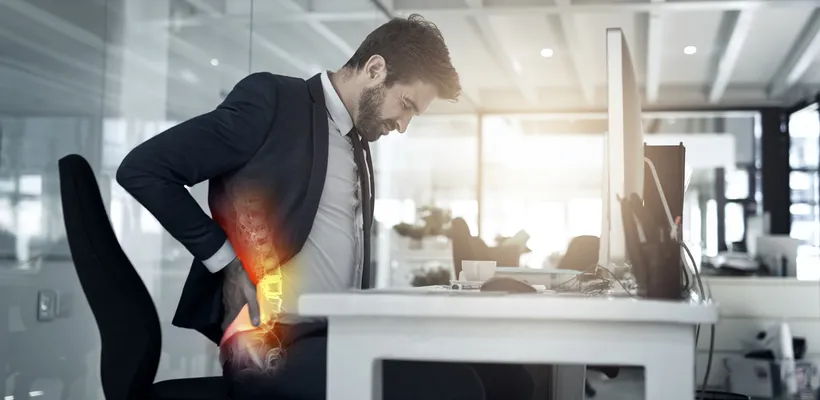Backcare Awareness Week

Published: 7th October, 2013 in: Conditions Health Advice
From BackCare.org.uk:
Backcare Awareness Week is running from 7-11th October 2013. This year’s campaign is “Caring for Carers”.
Carers provide invaluable help and assistance to their children, friends, relatives, and partners, but what happens when their work leads to back pain, compromising their ability to care? Back pain is endemic among carers: a 2011 survey found that 70% of carers experienced back and shoulder pain*. This issue seriously affects the quality of life of those who should be most valued in our society, as well as impacting on their care giving work, which saves the NHS and local authorities very significant sums of money.
Facts and figures
- It is estimated that four out of every five adults (80%) will experience back pain at some stage in their life.1
- According to a survey published in 2000 almost half the UK adult population (49%) report low back pain lasting for at least 24 hours at some time in the year.1
- The number of people with back pain increases with advancing age, starting in school children and peaking in adults of 35 to 55 years of age. Back pain is just as common in adolescents as in adults.2
- In most cases it is very difficult to identify a single cause for back pain. In about 85% of back pain sufferers no clear pathology can be identified.3
- Back pain, in particular persistent back pain (longer than 3 months), can have a significant impact on people’s lives. It frequently reduces their quality of life and adversely affects their family and social relationships.4
- Back pain is, in most cases, a self-limiting condition and 90% of people with acute back pain will recover within 6 weeks.3
The National Health Service spends more than £1 billion per year on back pain related costs, including:
£512 million on hospital costs for back pain patients.5
£141 million on GP consultations for back pain.5
£150.6 million on physiotherapy treatments for back pain.5
In the private healthcare sector £565 million is spent on back pain every year.5
This brings the healthcare costs for back pain to a total of £1.6 billion per year.5
- Nearly 5 million working days were lost as a result of back pain in 2003-04. This means that on any one day 1% of the working population are on sickness leave due to a back problem.6
- Back pain is the number two reason for long term sickness in much of the UK. In manual labour jobs, back pain is the number one reason.7
Back pain tips
- Bend the knees and keep your back straight when lifting heavy loads. Do not attempt to lift objects that are too large or too heavy to be lifted with reasonable ease.
- Back-strengthening exercises which focus on correct posture, like the Alexander Technique, will help keep the spine and back muscles strong and supple. This minimises the risk of a strain or spinal injury.
- A correct sitting posture (with your bottom towards the back of the chair) will help keep the back in its correct, natural position. Likewise, sleeping on a firm mattress will help support the spine.
- There are chairs, mattresses and other products available that are specifically designed to help ease back pain.
- Do not take pain killers regularly or for long periods, and do not exceed their recommended dosage.
For more information about Backcare Awareness Week click here
References
- Palmer KT, Walsh K, et al. Back pain in Britain: comparison of two prevalence surveys at an interval of 10 years BMJ 2000;320:1577-1578.
- Burton AK, Balague F, et al. European guidelines for prevention in low back pain. Eur Spine J 2006:15(suppl 2):S136- S168
- Nachemson AL, Waddell G, Norlund AI. Epidemiology of neck and low back pain. In: Nachemson AL & Jonsson E (eds). Neck and back pain: The scientific evidence of causes, diagnosis and treatment. Philadelphia: Lippencott Williams & Wilkins, 2000.
- Hoogendoorn WE, van Poppel MNM, et al. Systematic review of psychosocial factors at work and in private life as risk factors for back pain. Spine 2000;25:2114-2125.
- Maniadakis A, Gray A. The economic burden of back pain in the UK. Pain 2000;84:95-103
- Neck and back pain: The scientific evidence of causes, diagnosis and treatment. Philadelphia: Lippencott, Williams & Wilkins, 2000.
- Van Tulder M. Chapter 1: Introduction. Eur Spine J 2006;15(suppl 2):S134-S135.